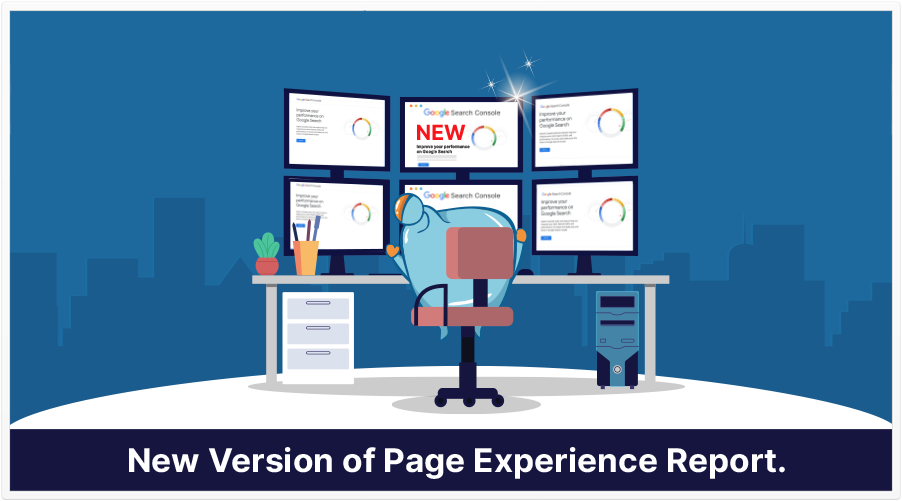
On Wednesday, August 4th, Google published a post on it’s Search Central blog, titled, Simplifying the Page Experience report.
Basically, the Page Experience report is simplified due to the removal of 2 things: Safe Browsing and Ad Experience. This is because Safe Browsing isn’t used as a ranking signal; and as for the removal of Ad Experience, since it’s not a page experience factor, it was also removed.
Page Experience: What Is It?
To begin to explain what Page Experience is, we have to go back to one of Google’s aims: to encourage webmasters to create better experiences for users.
Within the context of SEO, that’s one of Google’s main guiding aims, and Page Experience is birthed from that aim.
With that, you can say that Page Experience is a collection of criteria that Google uses to try to determine if a particular web page offers a good user experience. That’s basically what Page Experience is.
Page Experience Is Based on These 4 Broad Categories (Each of Which Have Their Own Signals)
In page experience signals (a sub-title of one of Google’s documents), these 4 broad categories are: Core Web Vitals, mobile-friendly, HTTPS, and no intrusive interstitials (if your page even has interstitials).
The Core Web Vitals category is comprised of these 3 signals: Largest Contentful Paint, First input Delay, Cumulative Layout Shift.
For mobile-friendly, the Mobile-Friendly test is how one determines this. This can be thought of as part of the Mobile First concept, which is basically that Google looks at how a page performs on a mobile device to determine how it will evaluate that page. That is, evaluation is done by looking at how mobile-friendly your page is, and that takes predominance over how it performs on a desktop.
For HTTPS, Google wants the majority of your pages to be secured.
For no intrusive interstitials, Google basically crawls your page and checks to see if there are any of those annoying ads that pop up just as you’re about to click on them.
In summary, the Page Experience report has been made simpler so you can focus on the elements that actually matter, such as the signals we’ve looked at here. By focusing on those, you can hopefully create better experiences for your visitors.
Source: Google Search Central Blog